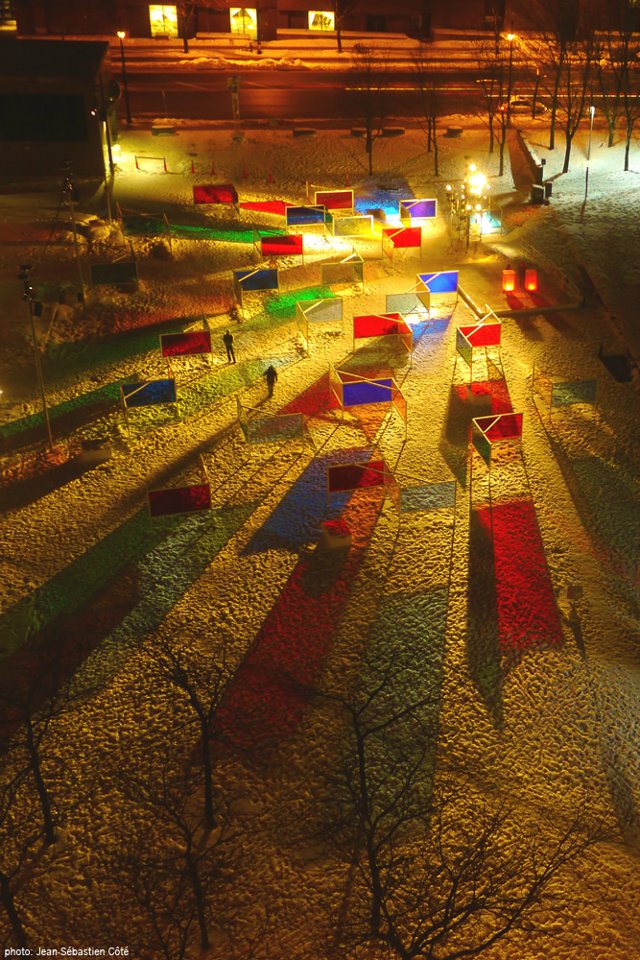

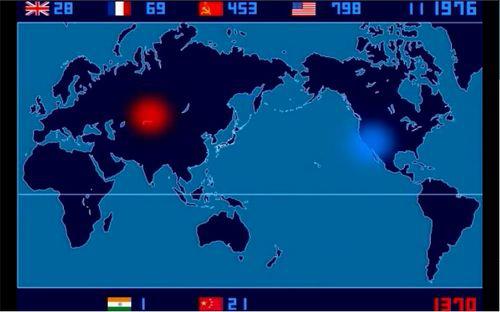

QUBIT AI: Eduardo Reck Miranda
Sounding Qubits
FILE 2024 | Quantico
International Electronic Language Festival
Eduardo Reck Miranda – Sounding Qubits – Brazil
Although he has learned classical musical instruments since childhood, Eduardo Miranda’s favorite tool for composing is the computer. The researcher has been delving into artificial intelligence and innovative computing methods for compositing for some time, as they offer fresh insights and ideas beyond his own.
A quantum computer deals with information encoded as qubits. A qubit is to a quantum computer what a bit is to a digital one: a basic unit of information. In hardware, qubits exist in the subatomic world. They are subject to the laws of quantum mechanics.
Quantum computers are like super-powered versions of classical digital computers. While a digital computer processes data in a linear, step-by-step fashion, a quantum computer can explore many possibilities at once.
Operating a quantum computer requires different ways of thinking about encoding and processing information. This is where composers can benefit greatly. This technology is destined to facilitate the development of unprecedented ways of creating music.
Bio
Composer who works at the intersection of music, science and new technologies. His background as an artificial intelligence scientist and classical composer with early involvement in avant-garde pop music informs his distinctive music. He has composed for BBC Radio 3, BBC Concert Orchestra, BBC Singers and Scottish Chamber Orchestra. He is a professor at the University of Plymouth and a research associate at Quantinuum, where he explores music composition with quantum computers.
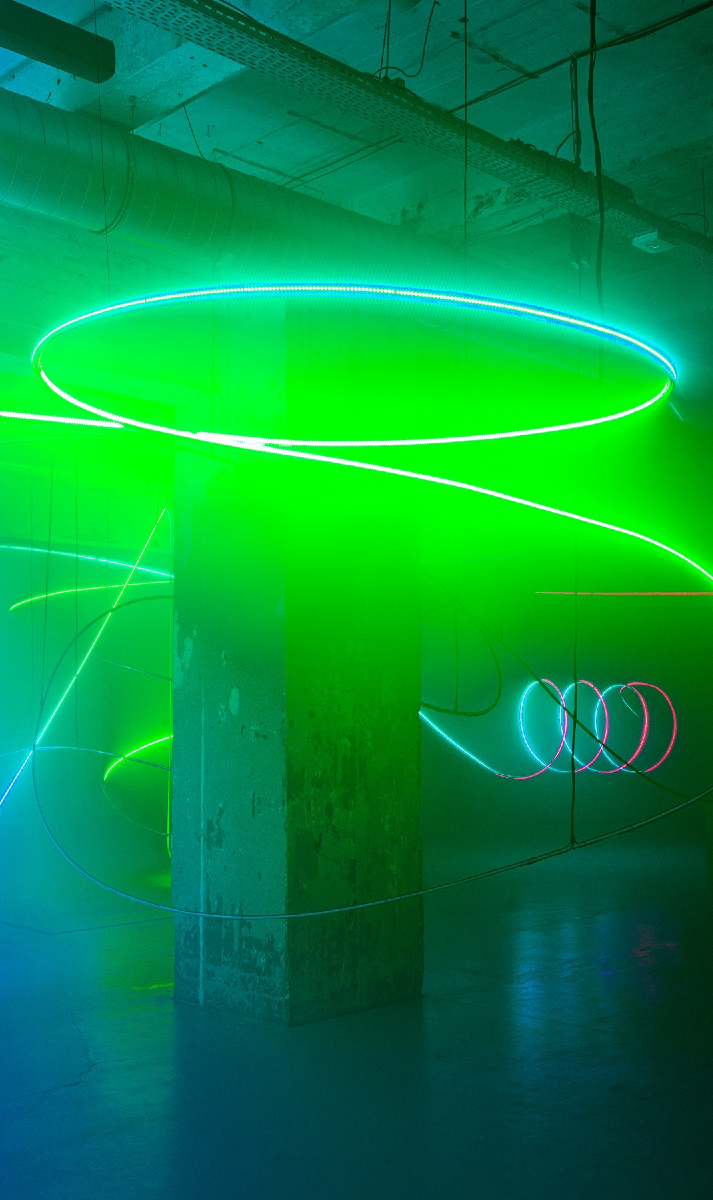

Ryoichi Kurokawa
ad/ab Atom
Kurokawa then analyses, filters and distorts this data into an artistic rendering of an atomic space in which the laws of quantum mechanics would theoretically be visible. “The term ‘ad’ in the title means ‘to/toward’ etymologically as a prefix in words of Latin origin and ‘ab’ means ‘away from'”. he explains. “It is recombinant of neologism ‘adatom/abatom’ which means ‘to atom/from atom’, where the laws governing nature blur“.

Refik Anadol
Quantum Memories: Nature Studies
Technological and digital advancements of the past century could as well be defined by the humanity’s eagerness to make machines go to places that humans could not go, including the spaces inside our minds and the non-spaces of our un- or sub-conscious acts. These unique pieces of the “Quantum Memories” series exhibit arresting visuals and colors that speculate the probability of reaching invisible spaces. They are composed in collaboration with a generative algorithm enabled by artificial intelligence (AI) and quantum computing, a new form of computing that exploits the unusual physics of the subatomic world. It turns the visual data that flows around us into an artwork that represents our collective and digitized memories of nature and encourages the viewer to imagine the potential of this computing technology for the future of art, design, and architecture.

EVE BAILEY
Intuit
The movements of one individual effect the balance of the piece so greatly that the other person must move to balance the sculpture. ‘Our bodies are constantly adapting and bending to the configurations of buildings and the designs of transportation. In recent drawings, urban blueprints fuse with human anatomical representation… I emphasize on the ideas of flexibility and lightness. The machines I build serve to express the elegance of a gesture, a finite moment of equilibrium.’ Eve Bailey

Ani Liu
Untitled: (A Search for Ghosts in the Meat Machine)
What does it mean to be human? At first glance a simple question, the idea of being human is an unstable construct, continuously recrafted. Recent technological innovations allow us to redesign ourselves profoundly— from networked prosthetics and artificial intelligence, to the genetic code of life itself. Can our behaviors be reduced to algorithms? Can our bodies be upgraded with nonorganic integrations? Can sentience itself by manufactured in a lab? This set of nine sculptures examines personhood from anatomical, psychological, genetic, biochemical, behavioral, algorithmic, personal narrative and memory. In many ways, this installation is an emotional confrontation with being quantifiable.

guillaume marmin & frederic marolleau
HARA
Guillaume marmin and Frédéric marolleau convey spiritual essence through visual abstraction in ‘hara’, an audio-visual collaboration for the 7th chromatic festival in montréal, québec. ‘Hara’, the anatomical home of energy according to japanese custom, is explored by various means. Music and light move through states of tension and calm, creating for each visitor a unique contemplative experience.
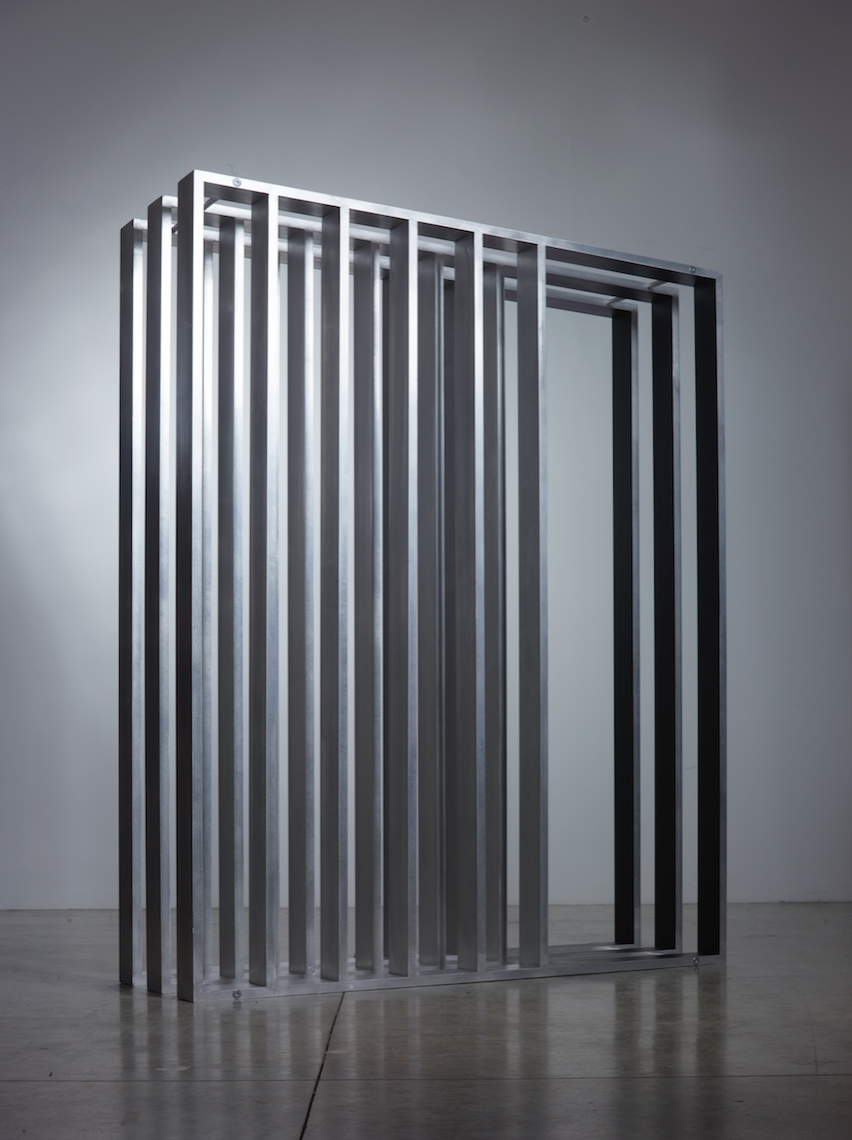
Ben Cullen Williams
Remnants
Remnants is an installation, comprised of two individual sculptures, Anatomy and Lacuna, which explores this evolving symbiosis between the mechanical and the biological become. Anatomy and Lacuna are constructed of aluminium, both containing areas of uncertain space. Anatomy contains a plane of black viscous matter and Lacuna, a black void, creating a tension between the two sculptures. The work draws on diagrammatic anatomical and architectural models, distorting scale and hijacking visual languages, creating an undetermined terrain where the purpose of our made objects is undefined.

Ouchhh
SAY SUPERSTRINGS
Ouchhh will take inspiration from the notes that exist in the universe while micro-strings vibrate (Subatomic Particles) in real time and define the melodies created by the notes as “Matter” and symphonies of these melodies as “Universe”. With dastrio, Ouchhh will take 11 dimensions in abstract directions in super grade gravity theory and move them beyond space in real time. The dimensions captured intuitively in living space will constantly change and turn into reality.
dastrio:
Bernhard Metz – Violin
Manuel Von Der Nahmer – Violoncello
Suyang Kim – Piano

Ryoji Ikeda
池田亮司
이케다 료지
РЕДЗИ ИКЕДА
superposition
superposition is a project about the way we understand the reality of nature on an atomic scale and is inspired by the mathematical notions of quantum mechanics. Performers will appear in his piece for the first time, performing as operator/conductor/observer/examiners. All the components on stage will be in a state of superposition; sound, visuals, physical phenomena, mathematical concepts, human behaviour and randomness – these will be constantly orchestrated and de-orchestrated simultaneously in a single performance piece.

YUNCHUL KIM
Impulse
The Cascade Project explores matter by capturing the pattern of muons: i.e. electrically charged subatomic particles. It does so through an installation comprised of three live elements: a muon detector; a complex assemblage of pumps; and an arrangement of tubes through which fluid flows. When muons are detected, a light and connected pumps are activated, triggering the movement of an uncanny, viscous fluid through the sculptural system.

John Becker
Clothing Hangers A+B
Anatomical forms surgically reconfigured as surrogates for the human body. The contortion is forced by medical instruments constraining the body, pinning it into a stabilized functional object. Each hanger is calibrated to the appropriate size of the clothing it carries for a custom fit. The body is constructed of a solid silicone composite form and surgical steel hardware. This hanger was created as an element of a larger project.

ingo gunther
exosphere
The Exosphere has a diameter of 12 m (39’4″), weighs 4.5 tons, and relates to the Earth at a scale of 1:1,000,000. Its blue LED display indicates the geographic location of Wolfsburg, local temperature and time (supplied by the Atomic clock). It is positioned where Wolfsburg would be on this globe, assuming that the bottom of the globe is North and the vertical red display represents the position of the international dateline.
Field of Globes is a permanent installation of ninety World Processor globes. These spheres are readymade acrylic globes altered by the artist to visualize data on a variety of topics. This data comes from myriad sources, including the United Nations, the Organization for Economic Cooperation and Development, and other organizations.

John Adams
Doctor Atomic
Batter My Heart
Gerald Finley (J. Robert Oppenheimer)
Batter my heart, three person’d God; For you
As yet but knock, breathe, knock, breathe, knock, breathe
Shine, and seek to mend;
Batter my heart, three person’d God;
That I may rise, and stand, o’erthrow me, and bend
Your force, to break, blow, break, blow, break, blow
burn and make me new.
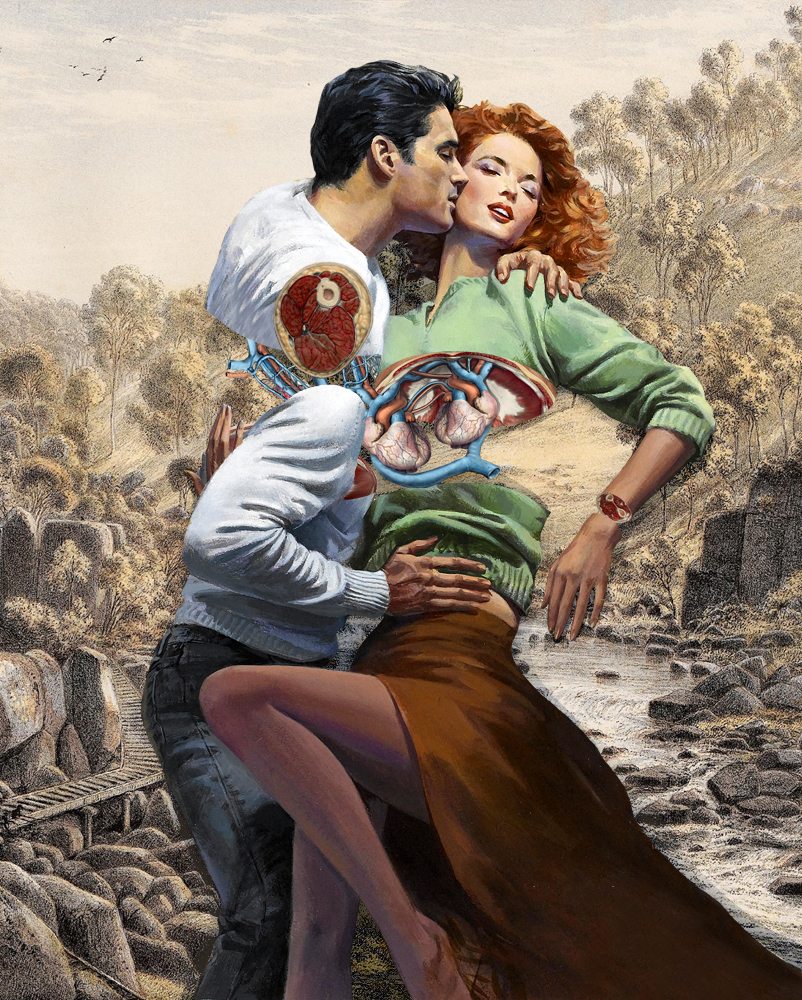

John Adams
ДЖОН АДАМС
ג’ון אדמס
Dr.Atomic Symphony
Doctor Atomic Symphony is a purely instrumental work drawn from the 2005 opera. It includes music from the opera’s overture, the Act II “panic” music, the “military matters” sections from Act I, and it culminates with an orchestral setting of Oppenheimer’s signature “Batter My Heart” aria that closes Act I of the opera.
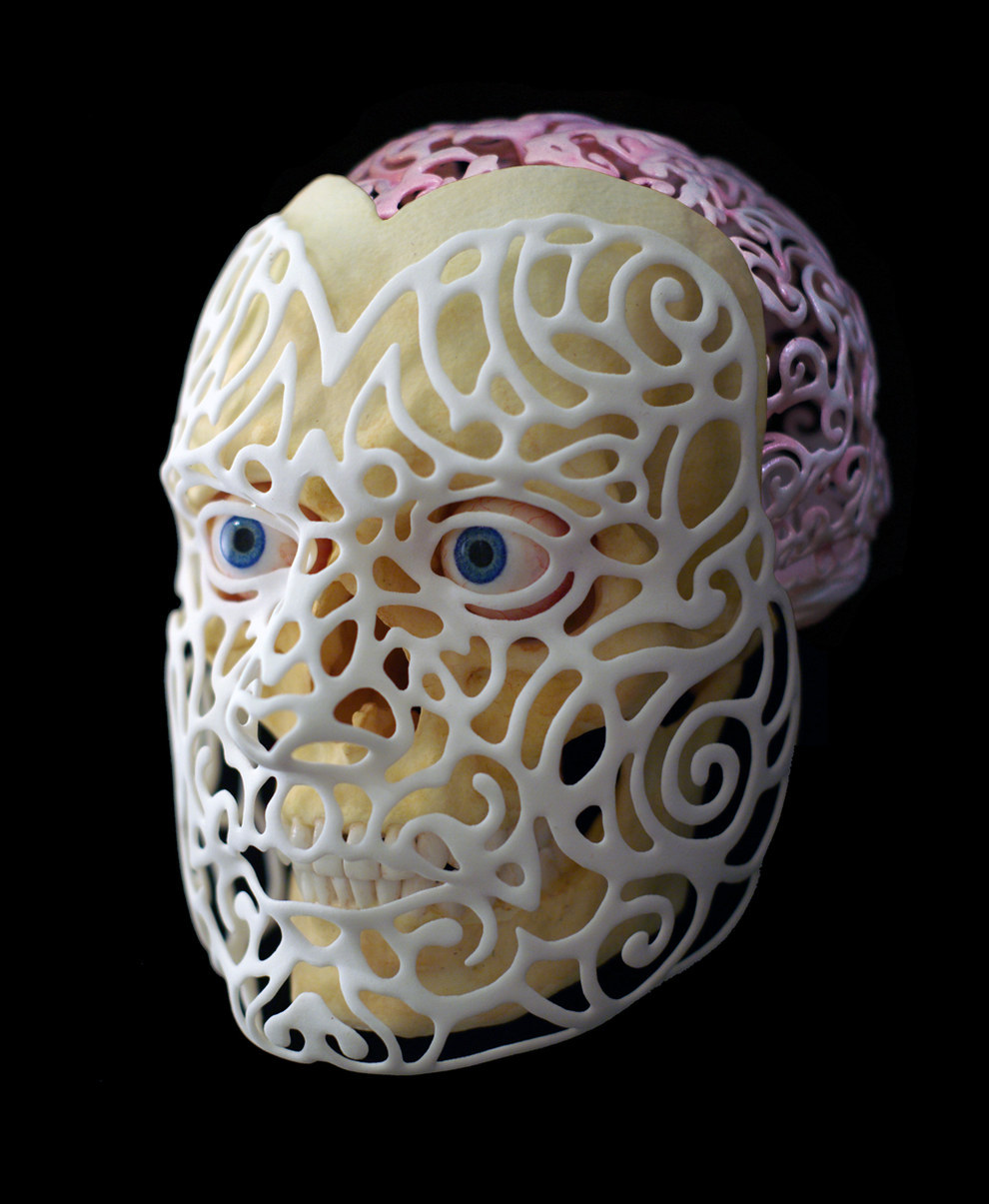

REBECCA STEVENSON
Ребекка Стивенсон
ريبيكا ستيفنسون
丽贝卡·史蒂文森
sweet shell
Le sculture figurative di Rebecca Stevenson sono allo stesso tempo inquietanti e belle. Usando principalmente poliresina e cera, il suo concetto di solito inizia con una figura umana o animale proiettata in un tenue colore monocromatico che poi sembra sbocciare o decadere con varietà di composti organici multicolori. Questi fiori consumano quasi le figure, dando vita a sculture provocatorie e surreali. Il suo lavoro incarna il processo di creazione e distruzione, rivelando la bellezza che emerge da questo ciclo organico. Alcuni mi ricordano di camminare per i pascoli della fattoria quando ero più giovane e di scoprire vari teschi di animali attraverso i quali l’erba aveva cominciato a arrampicarsi. Se il suo lavoro disturba, è solo perché non cerca di mascherare la macabra bellezza del processo di crescita / decadimento. “Il mio lavoro riguarda il viscerale e il sensuale. Si basa sul disegno anatomico e sull’illustrazione botanica, ma occupa un territorio liminale tra l’indagine scientifica e il corpo immaginario e soggettivo. “

Sam Buxton
Clone Chaise
A Chaise Clone é uma espécie de espreguiçadeira luminosa que possui a forma anatômica de um ser humano, ela possui um detector que é capaz de dizer quando tem alguém sentado nela. A partir desse detector ela interage com o usuário conforme a sua respiração e batimentos cardíacos.Os designers estão cada vez mais integrando tecnologia de ponta com seus projetos para produzirem criações inovadoras. Uma das coisas mais comuns hoje em dia é ver trabalhos que lembram filmes de ficção cientifica, e a Clone Chaise é um ótimo exemplo disso. Ela foi criada pelo designer britânico Sam Buxton que apresentou o seu projeto no Montreal Museum of Fine Arts, ele diz em seu site que essa é apenas a primeira edição da cadeira de seis que ainda estão por vir.
A cadeira consegue detectar quando uma pessoa está sentada nela, e as luzes começam a acender conforme isso acontece. Dessa maneira o coração digital e os pulmões da cadeira começam a funcionar. É como se a cadeira ganhasse a vida quando está junta de um ser humano.
A Clone Chaise tem um design bastante criativo, ela é feito com aço, acrílico e alguns equipamentos eletrônicos para produzir a luz quando a cadeira detecta as pessoas que estão sentadas nela. Essa cadeira mede 600 x 750 x 1.850 milímetros, um tamanho mais do que o suficiente pra maioria dos seres humanos.
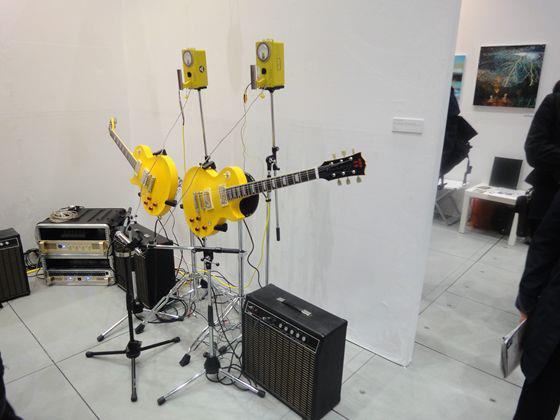
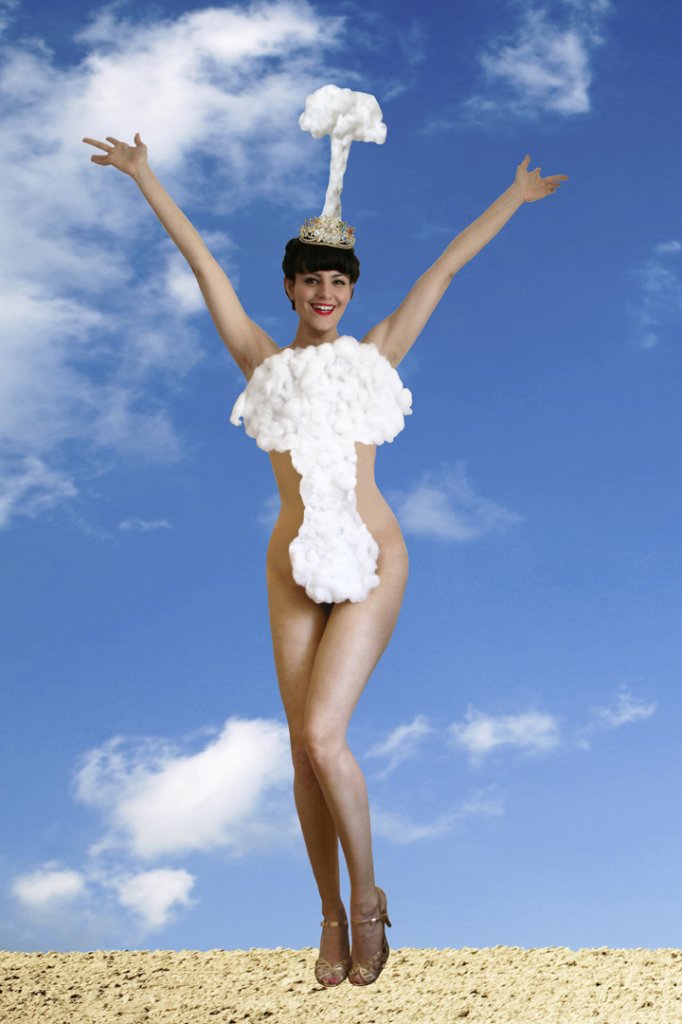
Anahita RAZMI
Miss Atomic Bomb

PHILLIPPE HALSMANN AND SALVADOR DALI
In Voluptas Mors
“In Voluptas Mors” (“Voluptuous Death”), is probably one of the most complex portraits I have ever seen alongside Halsman’s “Dali Atomicus” which took 28 attempts! “In Voluptas Mors” is again a carefully considered and planned out portrait of the surrealistic Spanish artist Salvador Dalí, made in collaboration with photographer Philippe Halsman (1951). The image depicts Dalí posing beside a giant ‘skull’, a tableau vivant (or “living picture”) comprising of seven nude female models in beautiful mind blogging poses. As you can imagine it took a considerable amount of time to create this wonderful photograph. It took all in all Halsman and Dali three hours to arrange the models according to Dalí’s precise sketch.
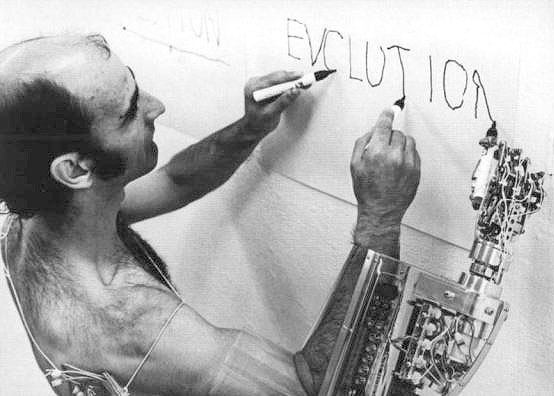
STELARC
drawing with robot arm
“With gene mapping, gender reassignment, prosthetic limbs and neural implants, what a body is and how a body operates becomes problematic. We generate Fractal Flesh and Phantom Flesh, extended operational systems and virtual task environments. Meat and metal mesh into unexpected and alternate anatomical architectures that perform remotely beyond the boundaries of the skin and beyond the local space it inhabits. The monstrous is no longer the alien other. We inhabit an age of Circulating Flesh. Organs are extracted from one body and inserted into other bodies. Limbs that are amputated from a dead body can be reattached and reanimated on a living body. A face from a donor stitched to the skull of the recipient becomes a Third Face. A skin cell from an impotent male can be recoded into a sperm cell. And more interestingly a skin cell from a female body might be recoded into a sperm cell. Turbine hearts circulate blood without pulsing. In the near future you might rest you head on your loved one’s chest. They are warm to the touch, they are breathing, they are certainly alive. But they will have no heartbeat. A cadaver can be preserved forever through plastination whilst simultaneously a comatose body can be sustained indefinitely on a life-support system. Dead bodies need not decompose, near-dead bodies need not die. Most people will no longer die biological deaths. They will die when their life-support systems are switched off. The dead, the near-dead, the not-yet-born and the partially living exist simultaneously. And cryongenically preserved bodies await reanimation at some imagined future. We live in an age of the Cadaver, the Comatose and the Chimera. Liminal spaces proliferate. Engineering organs, stem-cell growing them or by bio-printing will result in an abundence of organs. An excess of organs. Of organs awaiting bodies. Of Organs Without Bodies.” STELARC
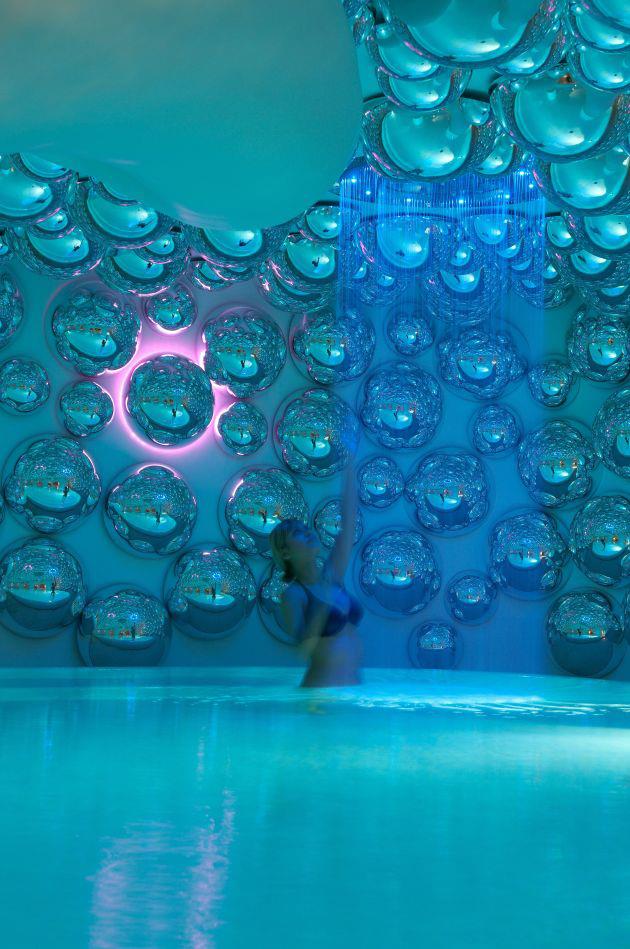
SIMONE MICHELI
Atomic Spa Suisse